Hydroxypropyl Methyl Cellulose (HPMC) has become a cornerstone in modern construction due to its exceptional properties as a chemical additive. This article delves into the features, technical specifications, application scenarios, and the company behind this innovative product, Shijiazhuang Gaocheng District Yongfeng Cellulose Co., Ltd..
Product Features and Advantages
Hydroxypropyl Methyl Cellulose is a versatile polymer derived from high-purity cotton fiber through a specialized etherification process. Its unique molecular structure grants it remarkable characteristics, including:
- Water Retention: Enhances the workability of cement mortars and tile adhesives, ensuring even distribution and preventing premature drying.
- Thickening Ability: Improves the viscosity of construction materials, making them easier to apply and reducing sagging.
- Dimensional Stability: Minimizes shrinkage in cement-based products, maintaining structural integrity over time.
- Adhesion and Dispersibility: Strengthens the bond between substrates and coatings, ensuring long-lasting performance.
- Resistance to Mildew and Salts: Ideal for environments with high humidity or exposure to corrosive substances.
The product’s appearance is a milky white or white powder, with a solubility profile that allows it to dissolve in water and select solvents. Its particle size is meticulously controlled, with 98.8% passing through a 100-mesh sieve, ensuring uniform dispersion in formulations.
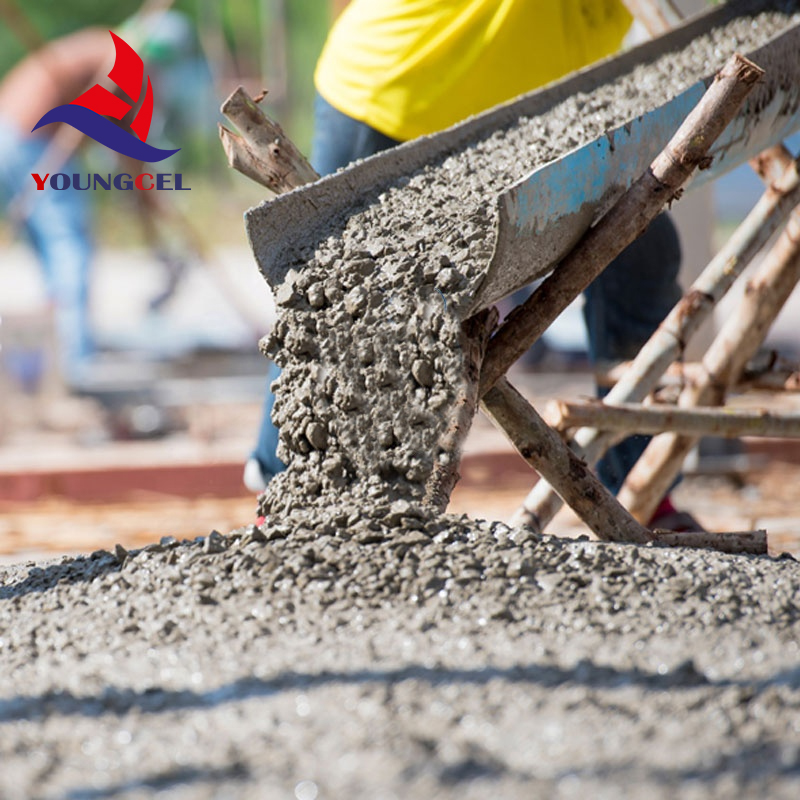
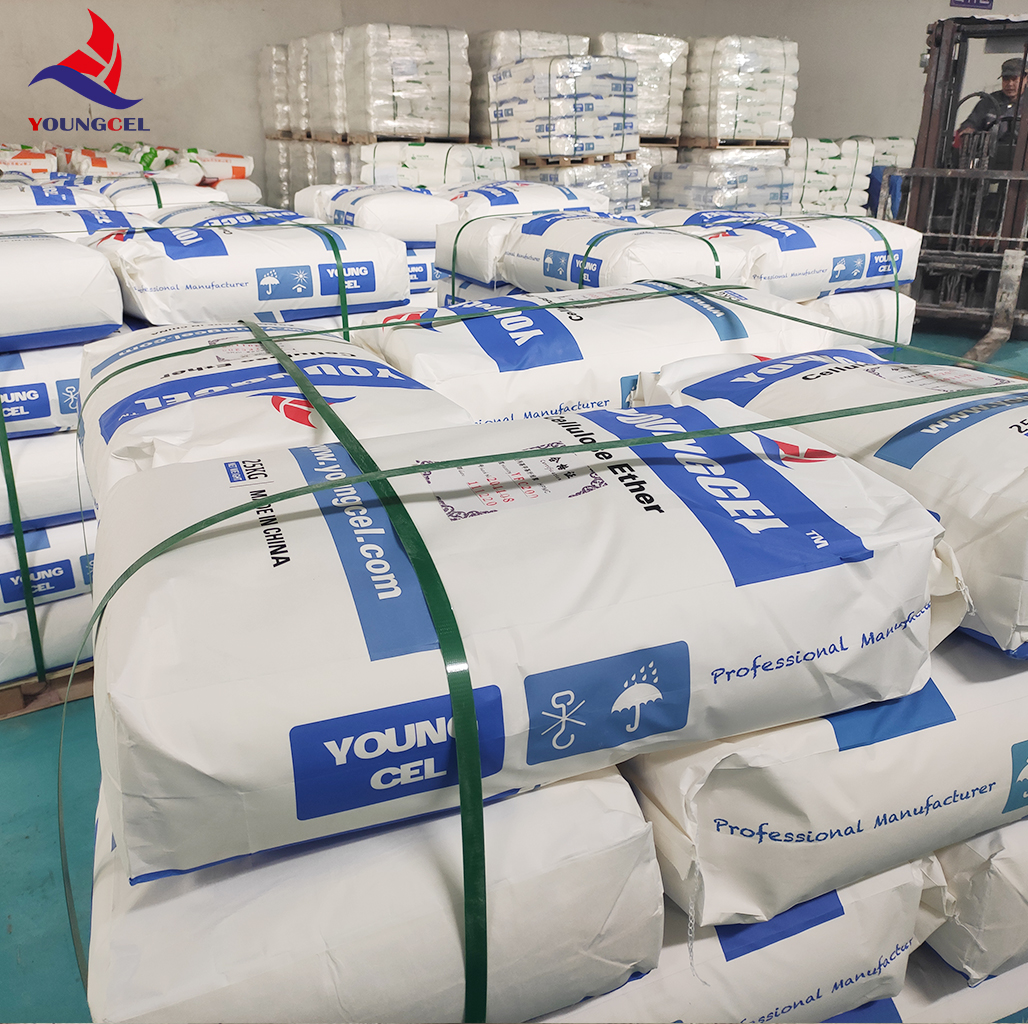
Technical Specifications
| Parameter | Specification |
|---|---|
| Appearance | Milky white or white powder |
| Carbonization Temperature | 280–300°C |
| Color Temperature | 190–200°C |
| Particle Size | 100 mesh: >98.8%; 80 mesh: 99.9%; Special: 40–60 mesh |
| Apparent Density | 0.25–0.70 g/cm³ |
| Specific Gravity | 1.26–1.31 |
| Solubility | Water and ethanol/water mixtures (appropriate proportions) |
Construction Industry Applications
HPMC is indispensable in various construction scenarios, offering tailored solutions for different materials:
- Cement Mortar: Enhances water retention and workability, reducing cracks and improving adhesion.
- Ceramic Tile Cement: Ensures strong bonding between tiles and substrates, even in high-moisture areas.
- Refractory Coatings: Acts as a suspension agent, improving fluidity and adhesion to asbestos or other substrates.
- Gypsum Slurry: Boosts water retention and adhesion, preventing slurry separation during application.
- Joint Cement: Improves the flow and water retention of joint compounds used in gypsum boards.
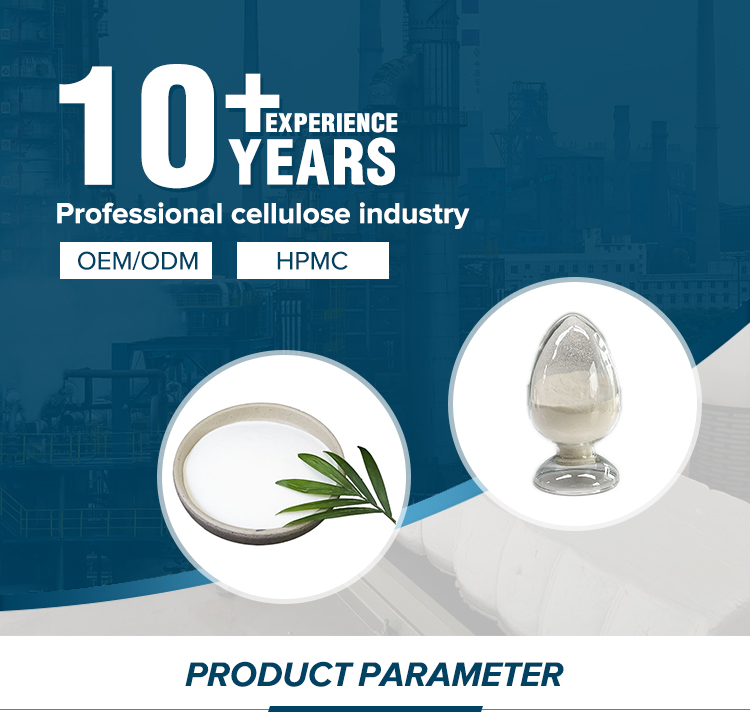

Company Background: Shijiazhuang Gaocheng District Yongfeng Cellulose Co., Ltd.
Based in Shijiazhuang, China, Shijiazhuang Gaocheng District Yongfeng Cellulose Co., Ltd. is a leading manufacturer of cellulose derivatives, including HPMC. With a focus on quality and innovation, the company supplies products to construction, pharmaceutical, and industrial sectors globally.
Key product details include:
- CAS No.: 9004-65-3
- Packing: 25 kg net weight
- Purity: 99%
- Types: Cellulose, chemical additives, adhesives, binders, dispersants
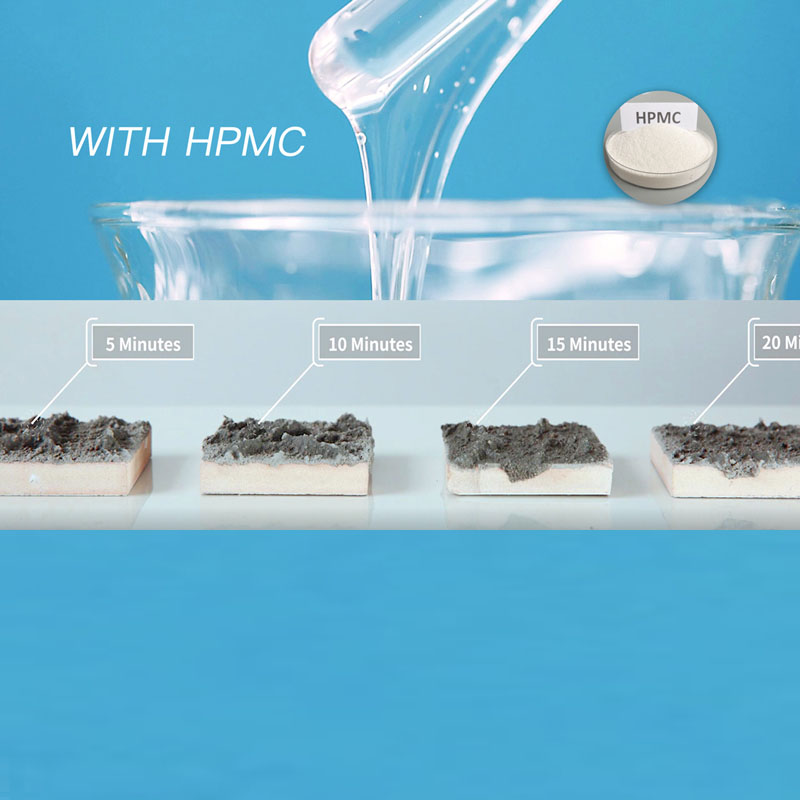
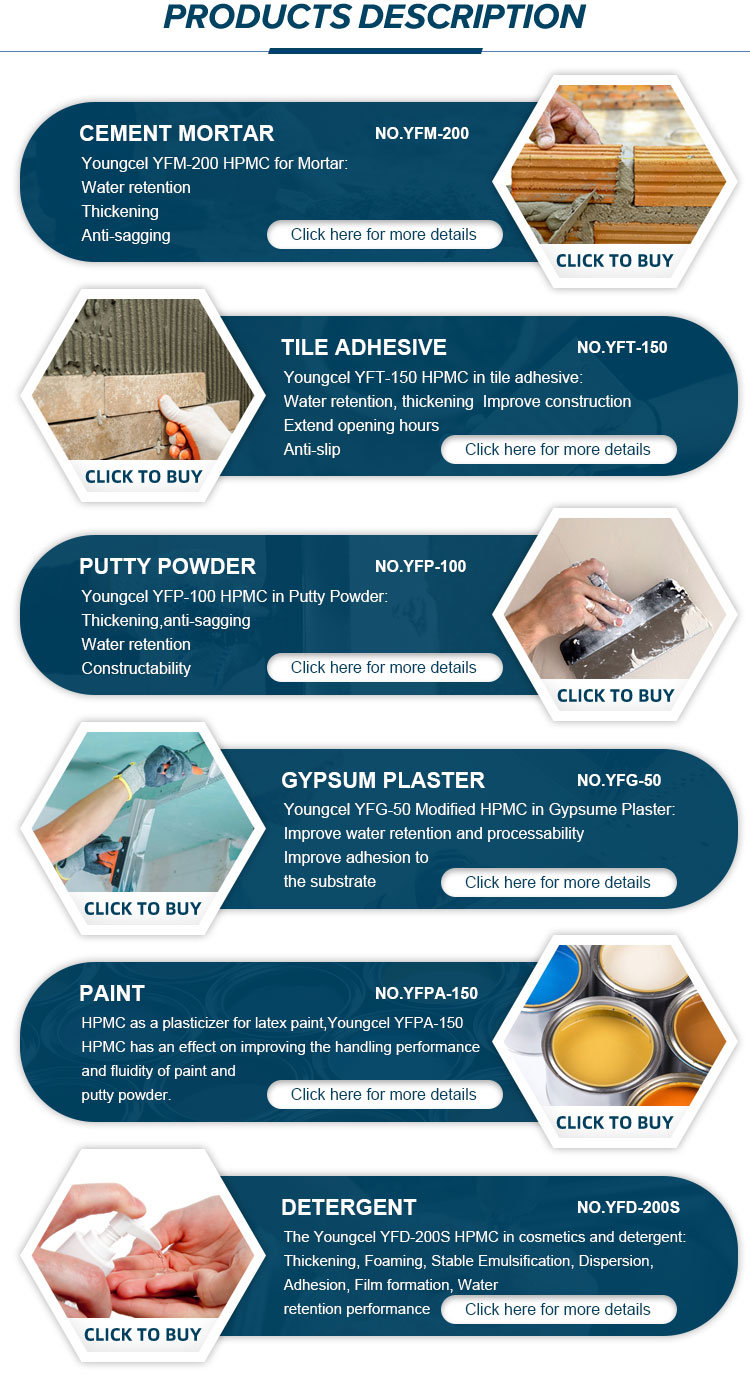
Why Choose HPMC for Construction?
The integration of Hydroxypropyl Methyl Cellulose into construction materials addresses critical challenges in modern building practices. Its ability to retain water, improve adhesion, and enhance workability makes it a preferred choice for professionals seeking durability and efficiency. Additionally, its chemical stability ensures compatibility with a wide range of formulations, from cement-based products to specialized coatings.
Compliance and Standards
The construction industry relies on standardized materials to ensure safety and performance. While NIST (National Institute of Standards and Technology) focuses on developing measurement standards, the use of HPMC aligns with global industry practices. NIST’s research in material science and construction technologies supports the validation of such additives, ensuring they meet rigorous performance criteria.
For further details on NIST standards, visit the official website: https://www.nist.gov/.
Conclusion
Hydroxypropyl Methyl Cellulose exemplifies the synergy between chemistry and construction. Its multifunctional properties make it an essential component in modern building materials, while Shijiazhuang Gaocheng District Yongfeng Cellulose Co., Ltd. ensures its quality and reliability. Whether used in tile adhesives, mortars, or coatings, HPMC continues to drive innovation in the construction sector.
Explore more about HPMC and cellulose derivatives at Youngcel.
References
-
Understanding Methyl 2 Hydroxyethyl Cellulose: Uses, Benefits & Industry InsightsNewsNov.24,2025
-
Hydroxyethyl Methyl Cellulose HEMC: Industrial Uses, Benefits & Future TrendsNewsNov.23,2025
-
HEMC Cellulose: Versatile & Sustainable Industrial Polymer | YoungcelNewsNov.23,2025
-
Methyl Hydroxyethyl Cellulose: Versatile Building Block for Industry & SustainabilityNewsNov.23,2025
-
CAS 9032 42 2: Understanding Polyvinyl Alcohol's Impact on Industry & SustainabilityNewsNov.22,2025
-
Hydroxyethyl Methyl Cellulose: Versatile Solutions for Modern Industry and SustainabilityNewsNov.22,2025




